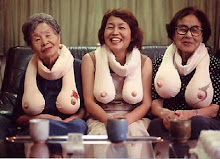In his research, [Edward Gresser, senior fellow and director of trade policy at the Progressive Policy Institute] found that the tariff rate on a cashmere sweater is 4 percent; the rate for one made of much cheaper acrylic is 32 percent. A silk brassiere has a tariff rate of less than 3 percent, but the rate on a polyester one is slightly less than 17 percent. The tariff rate on a snakeskin handbag is just over 5 percent but climbs to 16 percent for one made of canvas. Similar variations occur when it comes to household goods. Drinking glasses that cost more than $5 each have a tariff of 3 percent, while those that cost less than 30 cents each have a rate of 28.5 percent. A silk pillowcase has a rate of 4.5 percent; this goes up to nearly 15 percent for one made of polyester.
Overall, clothes and shoes contributed nearly $10 billion in tariff revenue in 2009, while higher-cost items including audiovisual equipment, computers and even cars added less than $2 billion. Gresser contends that the $10 billion is disproportionately borne by people who can’t afford to buy luxury goods. What’s more, when customers pay sales tax on these products, that amount is also higher than it would otherwise be thanks to the tariff that drives up the retail price.
Friday, June 4, 2010
Nickel And Dimed
Never read Barbara Erenreich's book, so don't know if it touched on this:
Labels:
Poverty,
Public Policy
Subscribe to:
Post Comments (Atom)


No comments:
Post a Comment